|
MiG-29K
The Mikoyan MiG-29K (russian: Микоян МиГ-29K; NATO reporting name: Fulcrum-D) is a Russian all-weather carrier-based multirole fighter aircraft developed by the Mikoyan Design Bureau. The MiG-29K was developed in the late 1980s from the MiG-29M. Mikoyan describes it as a 4+ generation aircraft. Production standard MiG-29Ks differ from prototypes in features such as a multi-function radar and several new cockpit displays; the adoption of HOTAS (hands-on-throttle-and-stick) controls; the integration of RVV-AE (also known as R-77) air-to-air missiles, along with missiles for anti-ship and anti-radar operations; and several ground/strike precision-guided weapons. The MiG-29K was not ordered into production and only two prototypes were originally built because the Russian Navy preferred the Su-27K (later re-designated Su-33) in the early 1990s. Mikoyan did not stop its work on the MiG-29K aircraft despite the lack of financing since 1992. The programme got a boost in th ... [...More Info...] [...Related Items...] OR: [Wikipedia] [Google] [Baidu] |
Sukhoi Su-33
The Sukhoi Su-33 (russian: Сухой Су-33; NATO reporting name: ''Flanker-D'') is an all-weather carrier-based twin-engine air superiority fighter designed by Sukhoi and manufactured by Komsomolsk-on-Amur Aircraft Production Association, derived from the Su-27 and initially known as the Su-27K. Compared with the Su-27, the Su-33 has a strengthened undercarriage and structure, folding wings and stabilators, all for carrier operations. The Su-33 has canards, and its wings are larger than the Su-27 for a slower stall speed. The Su-33 has upgraded engines and a twin nose wheel, and is air refuelable. First used in operations in 1995 aboard the aircraft carrier , the fighter officially entered service in August 1998, by which time the designation "Su-33" was used. Following the break-up of the Soviet Union and the subsequent downsizing of the Russian Navy, only 24 aircraft were produced. Attempted sales to China and India fell through. With plans to retire the Su-33 once ... [...More Info...] [...Related Items...] OR: [Wikipedia] [Google] [Baidu] |
Indian Naval Air Arm
The Indian Naval Air Arm is the aviation branch and a fighting arm of the Indian Navy which is tasked to provide an aircraft carrier based strike capability, fleet air defence, maritime reconnaissance, and anti-submarine warfare. The Flag Officer Naval Aviation (FONA) appears to direct the field operations of the air arm. History The first naval air station, INS ''Garuda'', was inaugurated in Cochin on 11 May 1953. This went hand-in-hand with the commissioning of the No.550 Squadron, utilising Short Sealand aircraft and Fairey Firefly aircraft 1960 saw the No.300 White Tigers Squadron, consisting of Sea Hawks''Naval Aviation Museum, Dabolim, Goa, India'' – http://www.warbirdsofindia.com aircraft being commissioned. In the very next year (1961), ... [...More Info...] [...Related Items...] OR: [Wikipedia] [Google] [Baidu] |
Indian Navy
The Indian Navy is the maritime branch of the Indian Armed Forces. The President of India is the Supreme Commander of the Indian Navy. The Chief of Naval Staff, a four-star admiral, commands the navy. As a blue-water navy, it operates significantly in the Persian Gulf Region, the Horn of Africa, the Strait of Malacca, and routinely conducts anti-piracy operations and partners with other navies in the region. It also conducts routine two to three month-long deployments in the South and East China seas as well as the western Mediterranean sea simultaneously. The primary objective of the navy is to safeguard the nation's maritime borders, and in conjunction with other Armed Forces of the union, act to deter or defeat any threats or aggression against the territory, people or maritime interests of India, both in war and peace. Through joint exercises, goodwill visits and humanitarian missions, including disaster relief, the Indian Navy promotes bilateral relations between n ... [...More Info...] [...Related Items...] OR: [Wikipedia] [Google] [Baidu] |
Russian Aircraft Carrier Admiral Kuznetsov
} ''Admiral Flota Sovetskogo Soyuza Kuznetsov'' (russian: Адмира́л фло́та Сове́тского Сою́за Кузнецо́в, Admiral Flota Sovetskogo Soyuza Kuznetsov or "Admiral of the Fleet of the Soviet Union Kuznetsov", originally the name of the fifth ) is an aircraft carrier (heavy aircraft cruiser in Russian classification) serving as the flagship of the Russian Navy. It was built by the Black Sea Shipyard, the sole manufacturer of Soviet aircraft carriers, in Nikolayev within the Ukrainian Soviet Socialist Republic (SSR) and launched in 1985, becoming fully operational in the Russian Navy in 1995. The initial name of the ship was ''Riga''; it was launched as ''Leonid Brezhnev'', embarked on sea trials as ''Tbilisi'', and finally named ''Admiral Flota Sovetskogo Soyuza Kuznetsov'' after Admiral of the Fleet of the Soviet Union Nikolay Gerasimovich Kuznetsov. She was originally commissioned in the Soviet Navy, and was intended to be the lead sh ... [...More Info...] [...Related Items...] OR: [Wikipedia] [Google] [Baidu] |
Mikoyan MiG-29M
The Mikoyan MiG-29M (russian: Микоян МиГ-29M; NATO reporting name: Fulcrum-E) is a Russian multirole fighter developed in 2005. It is based on unified platform together with Mikoyan MiG-29K. The predecessor of the MiG-29M was designed by Mikoyan Design Bureau in the Soviet Union during the mid-1980s and was known as "MiG-33" during the 1990s. Development In the mid-1980s, a development of the original MiG-29 was proposed to meet the Soviet western frontline requirement. It was required to be a multirole fighter for the frontline defensive air force to gain offensive strike ability. This development resulted in a single-seat and a two-seat variant. The proposal was then grounded as a result of shifts in military strategy. The model was named "MiG-33" and later received the MiG-29ME designation for the export market in the mid-1990s. A two-seat model of the standard, commonly known as the MiG-29MRCA, was the MAPO-MiG's primary contender for many international fighter airc ... [...More Info...] [...Related Items...] OR: [Wikipedia] [Google] [Baidu] |
Carrier-based Aircraft
Carrier-based aircraft, sometimes known as carrier-capable aircraft or carrier-borne aircraft, are naval aircraft designed for operations from aircraft carriers. They must be able to launch in a short distance and be sturdy enough to withstand the abrupt forces of launching from and recovering on a pitching deck. In addition, their wings are generally able to fold up, easing operations in tight quarters. Such aircraft are designed for many purposes including air-to-air combat, surface attack, anti-submarine warfare (ASW), search and rescue (SAR), transport (COD), weather observation, reconnaissance and airborne early warning and control (AEW&C) duties.Fred T Jane (2005). ''Jane's All the World's Aircraft''. Jane's Information Group. The term is generally applied only to fixed-wing aircraft, as naval helicopters are able to operate from a wider variety of ships, including helicopter carriers, destroyers, frigates and container ships. History The 1903 advent of fixed-win ... [...More Info...] [...Related Items...] OR: [Wikipedia] [Google] [Baidu] |
Multirole Combat Aircraft
A multirole combat aircraft (MRCA) is a combat aircraft intended to perform different roles in combat. These roles can include air to air combat, air support, aerial bombing, reconnaissance, electronic warfare, and suppression of air defenses. Definition The term "multirole" was originally reserved for aircraft designed with the aim of using a common airframe for multiple tasks where the same basic airframe is adapted to a number of differing roles. The main motivation for developing multirole aircraft is cost reduction in using a common airframe. More roles can be added, such as aerial reconnaissance, forward air control, and electronic-warfare aircraft. Attack missions include the subtypes air interdiction, suppression of enemy air defense (SEAD), and close air support (CAS). Multirole has also been applied to one aircraft with both major roles, a primary air-to-air combat role, and a secondary role like air-to-surface attack. However, those designed with an emphasis ... [...More Info...] [...Related Items...] OR: [Wikipedia] [Google] [Baidu] |
Multirole Combat Aircraft
A multirole combat aircraft (MRCA) is a combat aircraft intended to perform different roles in combat. These roles can include air to air combat, air support, aerial bombing, reconnaissance, electronic warfare, and suppression of air defenses. Definition The term "multirole" was originally reserved for aircraft designed with the aim of using a common airframe for multiple tasks where the same basic airframe is adapted to a number of differing roles. The main motivation for developing multirole aircraft is cost reduction in using a common airframe. More roles can be added, such as aerial reconnaissance, forward air control, and electronic-warfare aircraft. Attack missions include the subtypes air interdiction, suppression of enemy air defense (SEAD), and close air support (CAS). Multirole has also been applied to one aircraft with both major roles, a primary air-to-air combat role, and a secondary role like air-to-surface attack. However, those designed with an emphasis ... [...More Info...] [...Related Items...] OR: [Wikipedia] [Google] [Baidu] |
Dissolution Of The Soviet Union
The dissolution of the Soviet Union, also negatively connoted as rus, Разва́л Сове́тского Сою́за, r=Razvál Sovétskogo Soyúza, ''Ruining of the Soviet Union''. was the process of internal disintegration within the Soviet Union (USSR) which resulted in the end of the country's and its federal government's existence as a sovereign state, thereby resulting in its constituent republics gaining full sovereignty on 26 December 1991. It brought an end to General Secretary Mikhail Gorbachev's (later also President) effort to reform the Soviet political and economic system in an attempt to stop a period of political stalemate and economic backslide. The Soviet Union had experienced internal stagnation and ethnic separatism. Although highly centralized until its final years, the country was made up of fifteen top-level republics that served as homelands for different ethnicities. By late 1991, amid a catastrophic political crisis, with several republics alre ... [...More Info...] [...Related Items...] OR: [Wikipedia] [Google] [Baidu] |
Toktar Aubakirov
Toktar Ongarbayuly Aubakirov ( kk, Тоқтар Оңғарбайұлы Әубәкіров (''Toqtar Oñğarbaiūly Äubäkırov''), russian: Токтар Онгарбаевич Аубакиров, born on 27 July 1946) is a retired Kazakh Air Force officer and a former cosmonaut. He is the first person from Kazakhstan to go to space. Early life Toktar Aubakirov was born in Karkaraly district, Karaganda region, Kazakh SSR, which is now Kazakhstan. After graduating from the 8th grade of a secondary school he started working as a metal turner at the Temirtau foundry, whilst attending an evening school. In 1965 he joined the Armavir Military Aviation Institute of the Anti-Air Defence Pilots. He served as a fighter pilot in the Soviet Air Force on the Far East borders of the USSR until his acceptance into the Fedotov Test Pilot School in 1975. Test pilot career Between 1976 and 1991 he served as a test pilot at the Mikoyan Experimental Design Bureau (MiG aircraft). During this time ... [...More Info...] [...Related Items...] OR: [Wikipedia] [Google] [Baidu] |
Mikhail Simonov
Mikhail Petrovich Simonov (russian: Михаи́л Петро́вич Си́монов; 19 October 1929 – 4 March 2011) was a Russian aircraft designer famed for creating the Sukhoi Su-27 fighter-bomber, the Soviet Union's answer to the American F-15 Eagle. After the dissolution of the Soviet Union in 1991, Simonov coordinated the Su-27's sale to foreign governments, providing badly needed hard currency to the Russian government. In recognition of his achievements, he was named a Hero of the Russian Federation in 1999. , Warheroes.ru. Retrieved January 23, 2009. Simonov was born 19 October 1929 in |
Saky
Saky (: ; crh, Saq) or Saki is a town of regional significance in Ukraine, in the Crimean peninsula. Although it is the administrative centre of the Saky Raion, it does not belong to the raion (district), serving instead as the center and the only locality of Saky Municipality. Population: History The exact origin of the present town of Saky is unknown. At the time of the Crimean Khanate, Saky was a small village. In 1805, Saky had less than 400 people, more than 95 percent of whom were Crimean Tatars. In 1827, the first bathhouse was built and ten years later an office of the military hospital of Simferopol. During the Crimean War, the allied forces landed near Saky between Saky Lake and Kyzyl-Yar Lake and besieged Sevastopol. At the beginning of February 1855, the troops of General Stepan Aleksandrovich Khroulev focused on Saky before attacking the enemy in the fortifications of Evpatoria. The village was completely destroyed by bombing. After the Crimean War, during the ... [...More Info...] [...Related Items...] OR: [Wikipedia] [Google] [Baidu] |
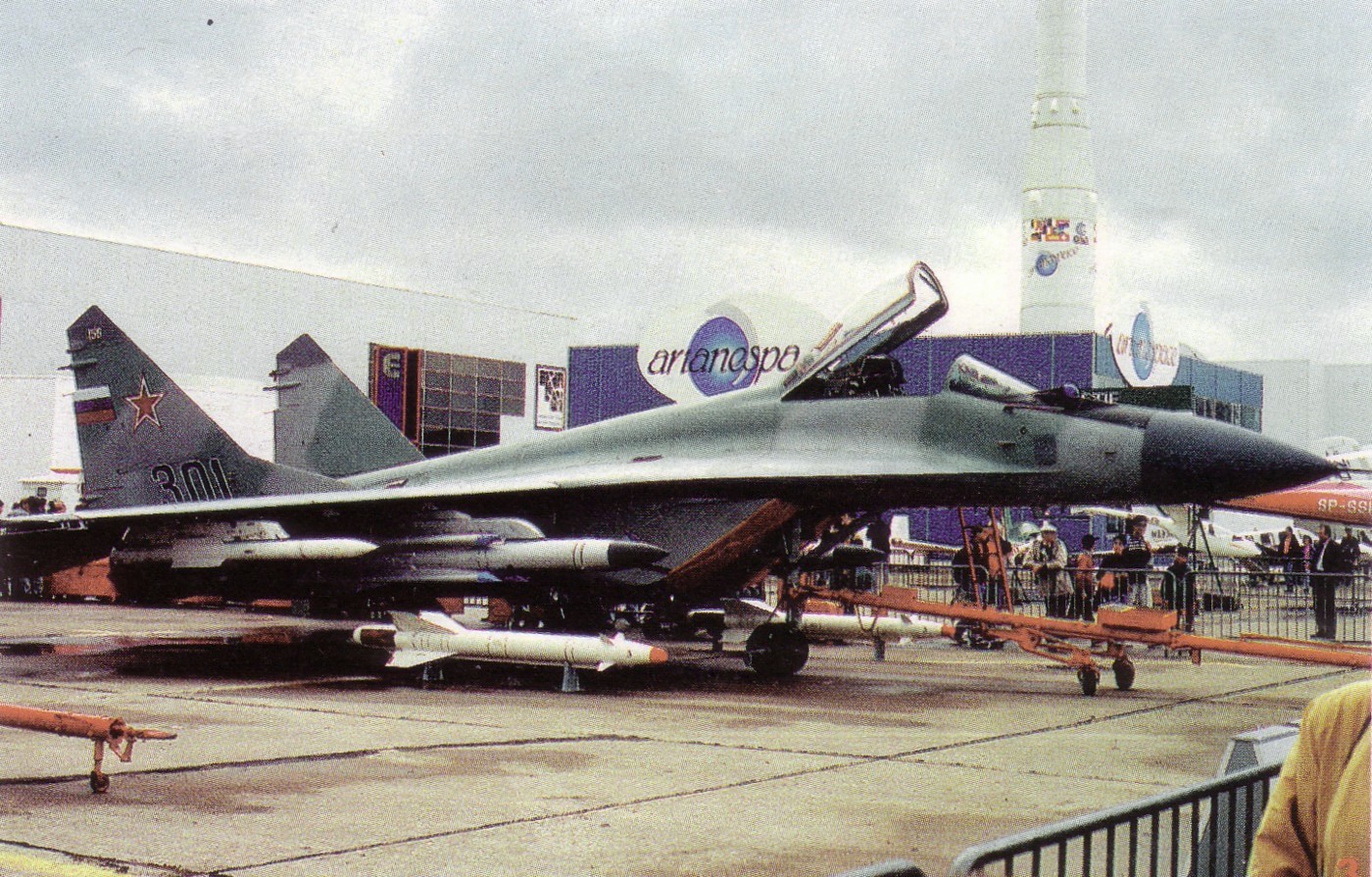
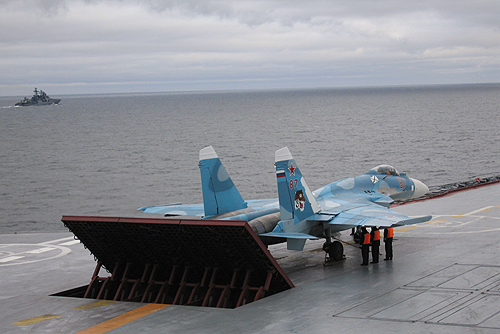

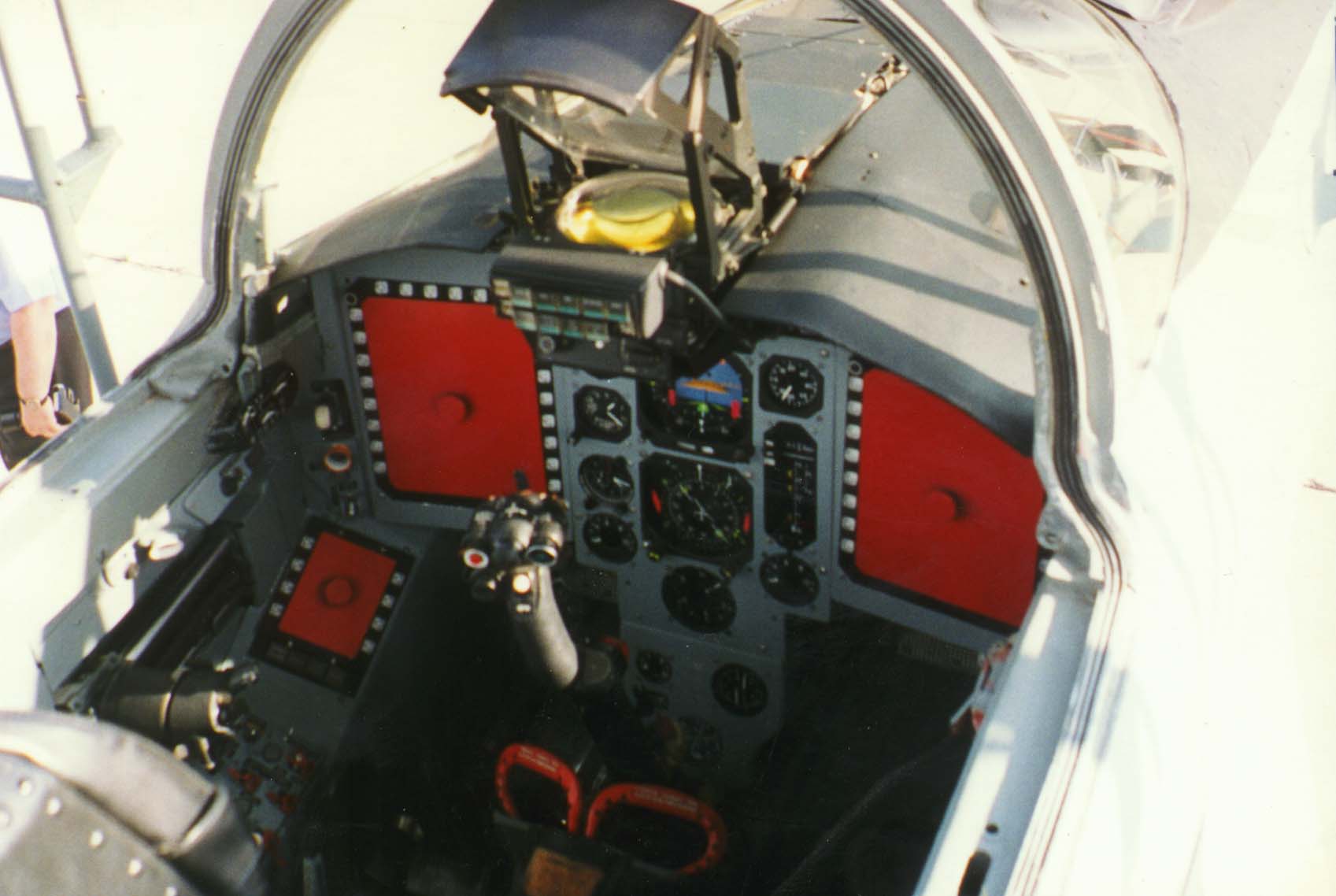

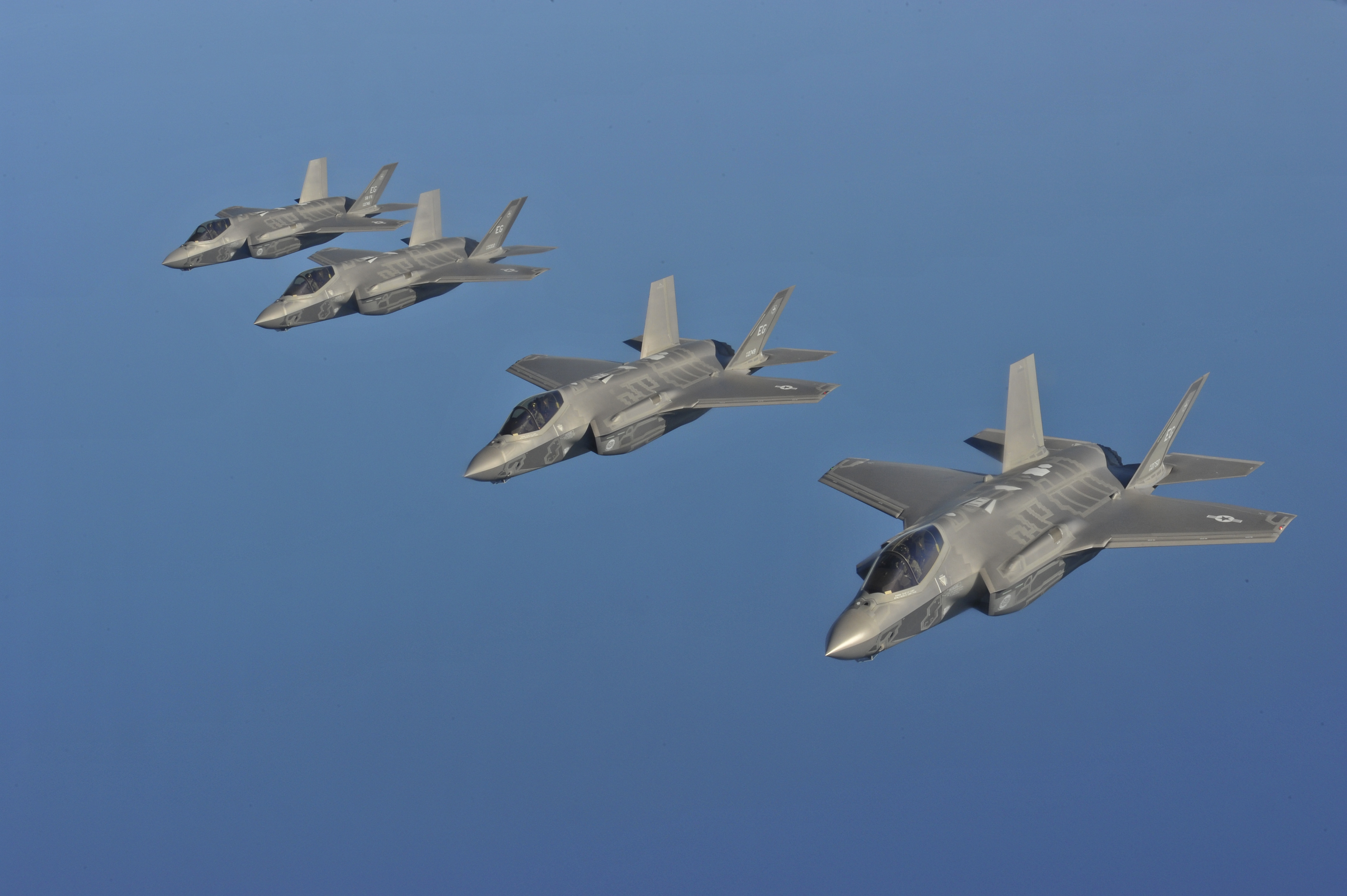
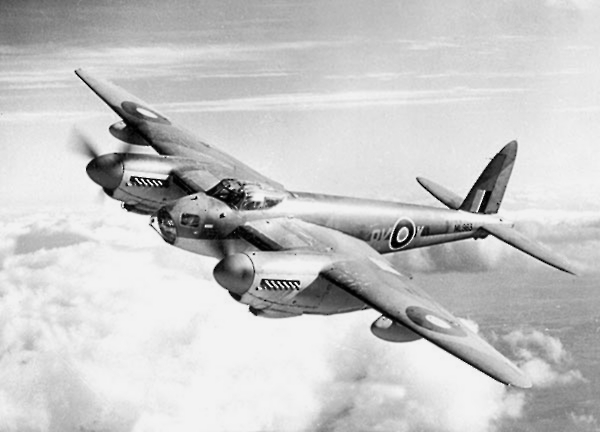
.jpg)
